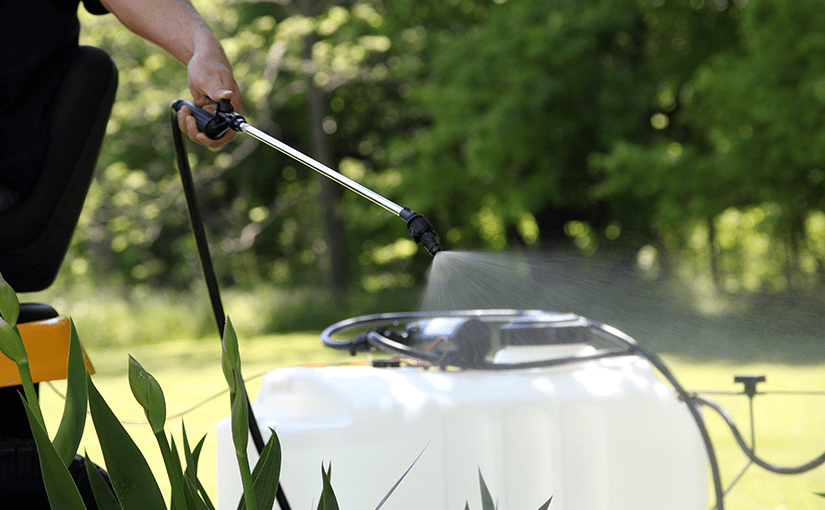Weeds—they’re everywhere. If you want a weed-free lawn, you need to know which weeds are living in your yard and then, use the right herbicides to get rid of them.
But your job isn’t done yet. Instead, you need to incorporate some healthy lawn habits to ensure that these weeds can’t return to your beautiful yard.
10 Common Weeds
There are 10 common weeds that plague lawns in the U.S. These weeds may look different depending on where you live. But these weeds will threaten to take over your
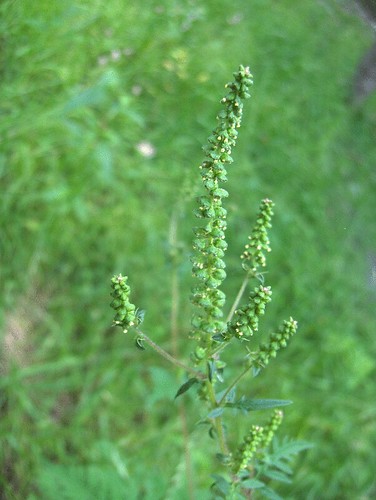
yard:
1.Common ragweed: This weed is a fall favorite and causes hay fever in those who’re sensitive to its pollen. Common ragweed has fern-like leaves with yellow to greenish-yellow blossoms. Blooms in early fall. This weed produces up to 60,000 seeds or more per season.
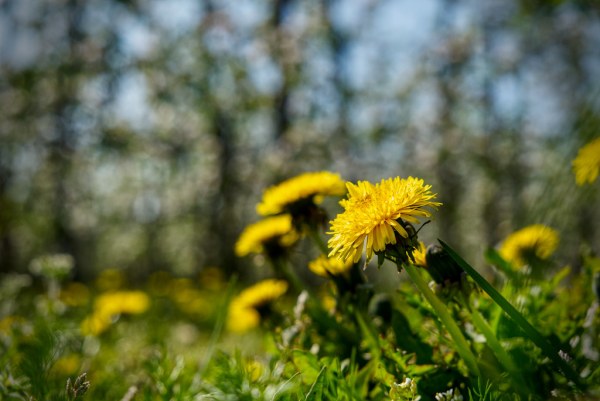
2. Crabgrass: Everyone’s favorite weed makes its appearance at the same time as the forsythia shrub blossoms. Its crown and leaves lay flat at the base and then stand upright. Stems look dark purple to green.
3. Creeping wood sorrel: This weed looks like clover with its heart-shaped leaves. It produces small yellow flowers. It spreads by its roots that extend in the ground as well as through seeds, root, and stem pieces.
4. Dandelion: Everyone knows what a dandelion looks like. Its bright yellow face welcomes spring in many lawns. Its tooth-shaped leaves are long and broad. The dandelion’s infamous seed head spreads seed through wind, birds, animals and people.
Learn more healthy lawn tips with these downloads.
5. Ground ivy: This weed grows low to the ground. It’s part of the mint family with its deep-green, scalloped leaves and small purple flowers. Ground ivy spreads by seed and stolons (aboveground runners).
6. Nutsedge: This weed belongs to the sedge family. Its spikey, thin leaves and stem grow upward. In late summer, it blooms with branch-like blossoms. It spreads by seed, nutlets and rhizomes.
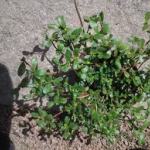
7. Plantain: You’ll notice this weed in the spring by its leaves that open into broad, green leaves. Later in the summer, its stalk-like flower blossoms and transforms into seeds. If you dig out this weed, make sure you get its deep taproot too. Plantain spreads by seed.
8. Purslane: This weed likes to grow in cracks or the sides of a flowerbed. It’s small, succulent leaves sit on reddish-brown stems. Purslane’s spider-like stems spread into new territory.
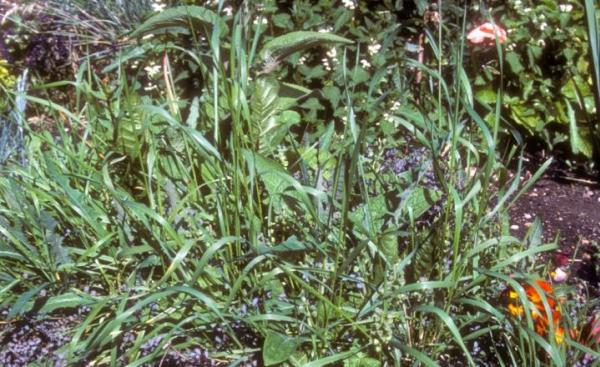
9. Quackgrass: Quackgrass belongs to the grassy weed family—it’s the cousin of crabgrass. Quackgrass has thicker leaves than typical lawn grass. Its stem has leaves growing midway through it, and its seedhead is similar to ryegrass. Quackgrass spreads through seed, nutlets and rhizomes.
10. Thistle: This prickly plant grows in your lawn, especially under birdfeeders with niger seeds. The stem grows upright with thorn-like leaves, a spikey head and flowers. Thistle blooms can be pink, purple or white. It’s a stubborn weed that spreads by seed.
Watch your favorite Brinly-Hardy videos on YouTube.
Fortunately, there are herbicides available that target specific weeds, such as crabgrass, sedges and purslane. Make sure you follow the herbicide’s directions to a or you risk killing turfgrass or causing pollution.
Here are five things you can do to get rid of weeds without killing your lawn grass:
How to Get Rid of Weeds without Killing Your Lawn Grass
Fortunately, there are herbicides available that target specific weeds, such as crabgrass, sedges and purslane. Make sure you follow the herbicide’s directions to a T or you risk killing turfgrass or causing pollution.
Here are five things you can do to get rid of weeds without killing your lawn grass:
- Use pre-emergents in the late winter or early spring to prevent crabgrass, quackgrass and other grassy weeds from germinating. You can use corn meal gluten if you want a natural alternative. When it comes to spraying chemicals, a lawn sprayer can make applying liquid lawn fertilizer, herbicides, pesticides and more a quick and easy job. Investing in a lawn sprayer is particularly helpful if you have a large yard and plenty of area to cover. You can learn more about Brinly’s Tow-Behind Lawn Sprayer here, or by checking out this video:
- Hand-pull pesky weeds. Sometimes, weeds pop up in your yard whether or not you use herbicides. So, when a dandelion or a plantain manage to get into your yard, get a trowel and dig deep to pull up the weed and its taproot.
- Follow the directions for mixing, using, storing and disposing of any weed killer—organic or conventional. To prevent pollution or a child swallowing an herbicide, make sure you read the directions regarding the use of the product. Also, make sure you only use an herbicide on the weeds it’s designed to kill, or you may end up destroying your turfgrass too.
- Use natural remedies to get rid of pesky weeds. You can buy vinegar with more acetic acid than regular vinegar that you buy at the grocery store. Spray horticultural vinegar directly onto the weeds to dry them out the natural way. Corn meal gluten makes a great pre-emergent weed killer.
Learn how to get and maintain a healthy lawn all summer long.
- Follow smart cultural methods to keep weeds from taking over your yard. You may have heard of these lawn management techniques before—because they work. These techniques include:
- Mow your lawn at 3” and use sharp blades every time.
- Put your lawn on a regular fertilizer program.
- Use the right grass seed for your region and your yard’s microclimate.
- Put your lawn on a regular fertilizer program.
- Aerate and overseed your lawn either in the spring if you have warm season grasses or in the fall if you have cool season grasses.
By following these tips, you’ll be well on your way to a weed-free, beautiful lawn!


